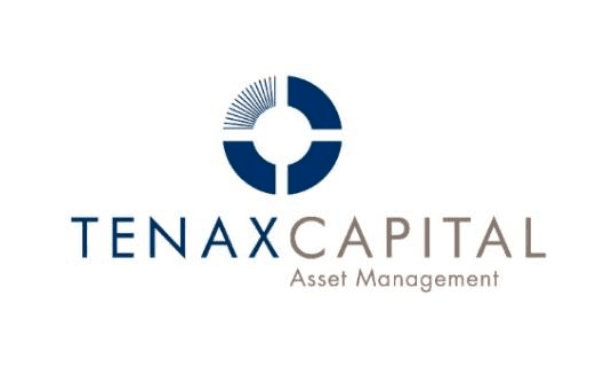Notable how RMS model update triggered wave of cat bond selling activity: Tenax

It is notable how the recent update of one of the main hurricane risk models triggered a wave of selling in the catastrophe bond market, investment manager Tenax Capital has commented.
As we reported recently, the update of the Moody’s RMS hurricane model to version 23 had triggered a response in the catastrophe bond market, with at least a portion of recent cat bond spread widening attributed to it.
With the RMS hurricane model being one of the most widely used, while the company’s other solutions for insurance-linked securities (ILS) investors also allow its risk metrics to be analysed across portfolios of cat bonds and other ILS instruments, any change to the underlying view of risk was always likely to have an effect on the market.
While some thought this model update would not have any effect on catastrophe bonds, that has turned out not to be the case.
Tenax Capital, the London based hedge fund investment manager that operates a UCITS cat bond strategy, is just the latest to confirm that the update to version 23 of the widely-used hurricane risk model from what is now called Moody’s Insurance Solutions (the brand now being unified) has driven price effects in the secondary cat bond market.
We’re also told by other investors and ILS managers we have spoken with that the new view of risk and somewhat higher risk metrics for US hurricane, that the model outputs, are having an effect on primary cat bond issuance spreads as well.
Tenax Capital explained that it noted the effect of the risk model change, saying that, “A recent update to a vendor model has led to more conservative risk metrics, influencing the adjustment of the expected risk-reward profile for several bonds.”
The investment manager went on to highlight that this shows the importance of taking a multi-model view of risk.
“This highlights the importance of complementing third-party models with one’s own risk assessments to ensure a smoother transition of risk premia whenever a model update is released,” Tenax’s ILS team said.
Before going on to recognise that selling in the secondary market was likely triggered by the risk model update and the new view of risk rolling-out more broadly.
The investment manager said, “It is also noteworthy how such an update can trigger a wave of selling activity, with spreads widening as bondholders suddenly realize they are exposed to risks beyond their comfort levels.”
Tenax Capital believes this presented an opportunity for cat bond fund managers and investors that are sophisticated enough to take advantage of any market dislocations that occur and drive pricing developments.
“We can further conclude that this resulting pricing movement may present a significant buying opportunity for funds that do not adhere strictly to expected loss criteria as their core investment guideline,” Tenax Capital’s ILS team said.
Concluding that, “Those with a more flexible approach can capitalise on those who must sell when risks exceed a predetermined threshold, thereby generating meaningful alpha when the dust settles.”
As ever, when risk metrics adjust the ILS fund manager and investor community appetite can change and its need to manage portfolios can be emphasised for a time.
The market will adjust to the change quickly, perhaps already has, but models can have a lasting effect on pricing as one of the lead indicators and inputs to decision making for the ILS investor base.





